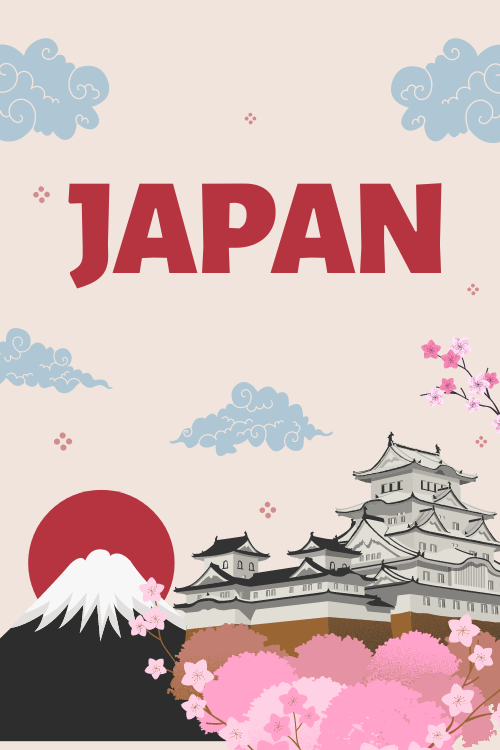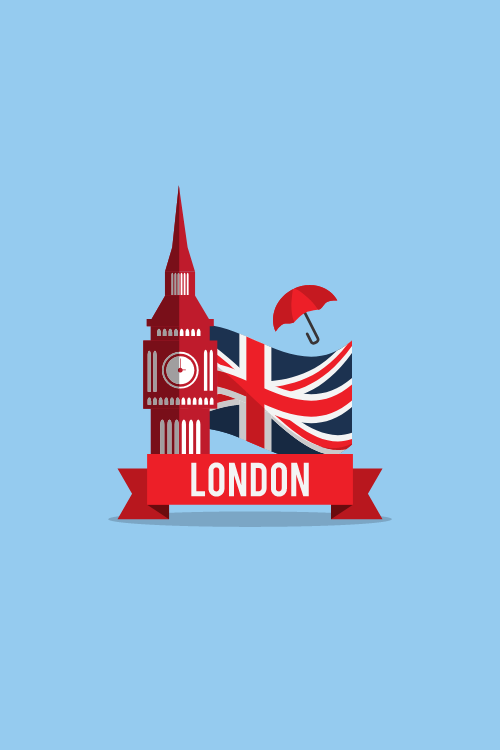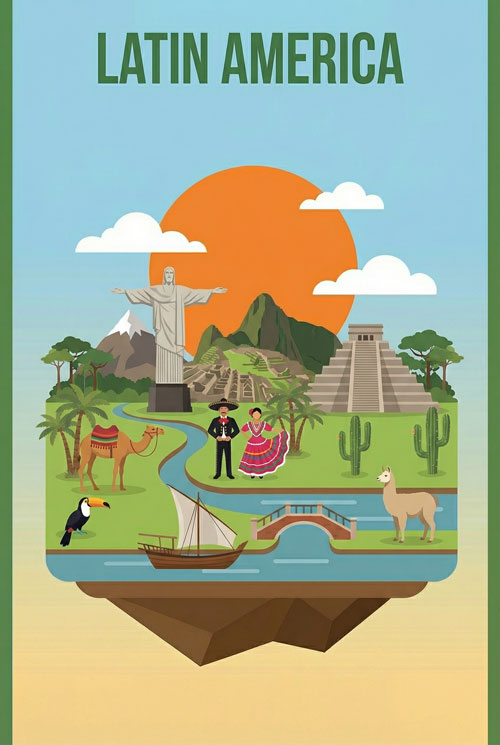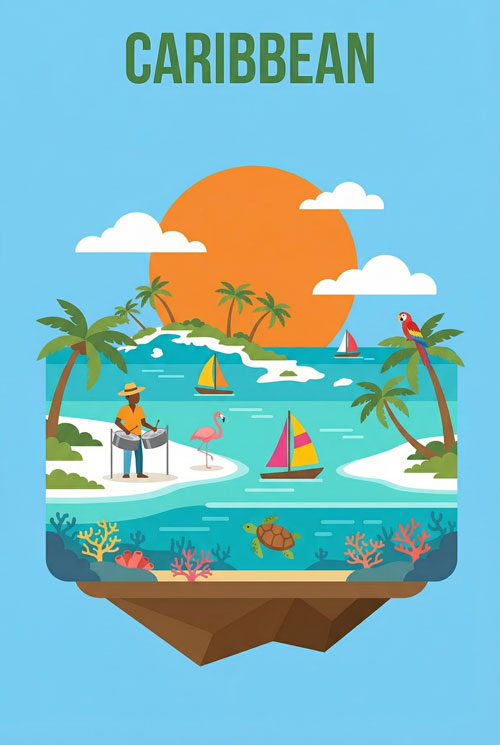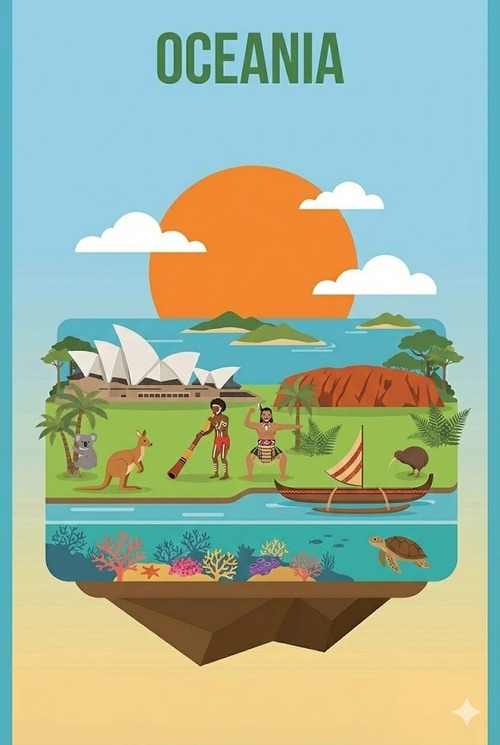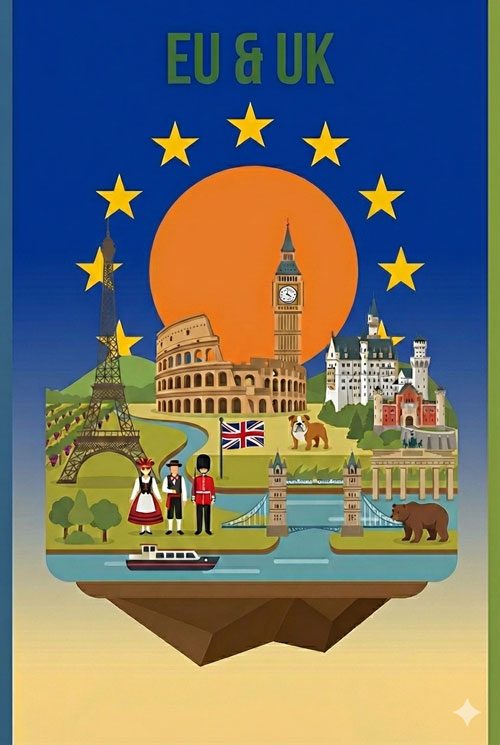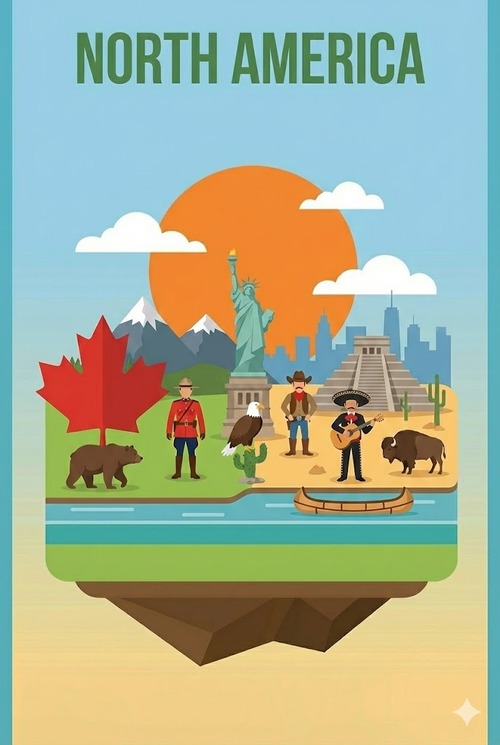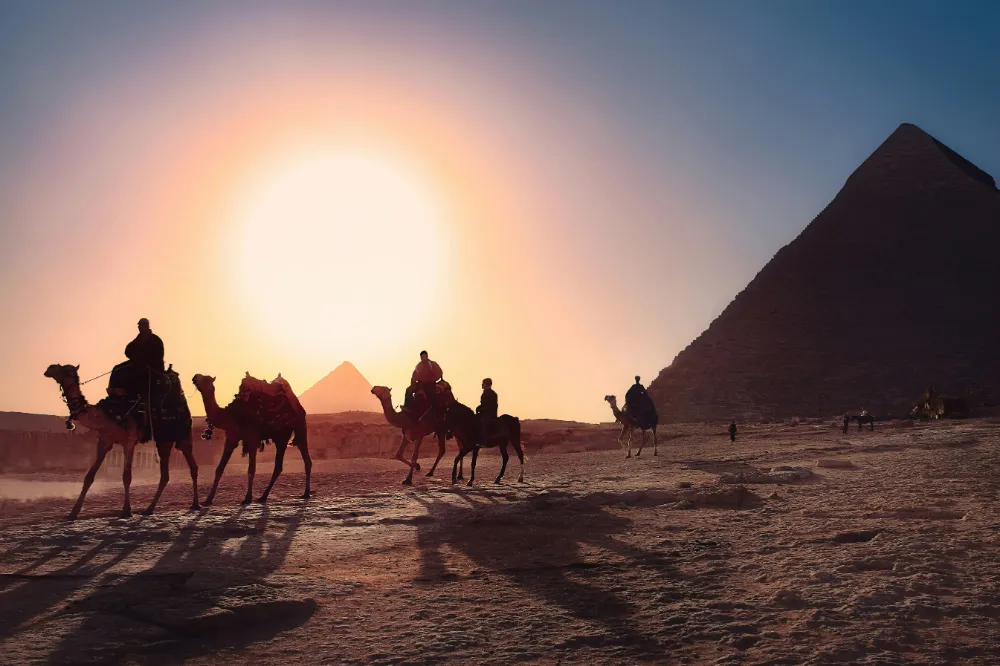Travel Guide
Egypt Travel Guide: Everything You Need To Know
Egypt captures the imagination like few other places.
It’s a land where ancient history feels alive, etched into colossal temples and the silent gaze of the Sphinx. Planning your journey means figuring out the best time to go, sorting visas and money, knowing where to explore – from the world-famous Pyramids to relaxing Nile cruises – and how to stay safe and connected.
My guide aims to give you clear, practical advice to help you plan an incredible Egyptian adventure you’ll never forget.
Planning Your Unforgettable Trip to Egypt
Getting the planning right makes all the difference for a smooth and amazing trip. Thinking ahead about a few key things sets you up for success.
Find Your Perfect Travel Window
Choosing when to visit Egypt is about finding a sweet spot between good weather and fewer crowds.
Most people find the cooler months, from October to April, the most comfortable time. Temperatures are milder, making wandering through ancient sites or exploring cities much more pleasant. Keep in mind, though, that December and January are peak season. This means more people at iconic spots like the Luxor temples and Giza pyramids, and prices for hotels and tours often go up.
Summer (May to September) gets seriously hot. Temperatures often soar into the 90s Fahrenheit (over 32°C) with high humidity. It can be tough exploring during the midday heat. The upside? Fewer tourists and potentially lower prices.
Spring and fall are shoulder seasons. They can be a good compromise with warmer, but usually manageable, temperatures and smaller crowds than winter. A special treat in the fall is the Abu Simbel Sun Festival on October 22nd, when the rising sun illuminates the temple’s inner statues.
Weather also varies by region. Cairo and Alexandria might see some rain in winter. Luxor and Aswan further south stay mostly dry year-round.
Here’s a quick look at the best times for different activities:
| Region | Best Time for Sightseeing | Best Time for Nile Cruise | Best Time for Diving/Beaches | Considerations |
|---|---|---|---|---|
| Cairo & Giza | October to April | October to April | N/A | Peak crowds Dec/Jan |
| Luxor & Aswan | October to March | October to March* | N/A | Very hot in summer |
| Red Sea | Mar-May, Sep-Nov | October to April | Mar-May, Sep-Nov | Hot summer, nice shoulders |
| Nile Cruise | N/A | October to March | N/A | Avoid peak summer heat |
\Nile cruises primarily operate between Luxor and Aswan.*
Visa and Entry Explained
Getting your visa sorted is a key step. For many travelers, you can get an e-visa before you leave home through the official Visa2Egypt website. These are usually valid for up to three months. It’s often easiest to get this done before your trip.
However, if you’re a citizen of certain countries (like the U.S.), getting a visa upon arrival at Cairo airport can be quick and simple. It typically costs $25 USD, and you’ll need to pay in cash. As rules can change, it’s always best to double-check the very latest visa requirements for your specific nationality directly with official Egyptian government sources before you travel.
Your Egypt Budget Guide
Figuring out your budget involves thinking about flights, places to stay, getting around, food, and activities. Egypt can be quite affordable compared to many Western countries. But costs change depending on when you go and how fancy you like to travel. Expect resort prices to jump during the peak winter months (December/January).
Hotels also charge a small tourist tax per person, per night. This fee is usually between 5 and 50 Egyptian pounds (around $1 USD or less).
A big part of daily costs in Egypt is tipping, known locally as baksheesh. You’ll find tipping is expected in many situations – from bathroom attendants and tour guides to people who offer small helps. It’s really helpful to carry small denomination U.S. dollar bills ($1s and $5s). They are widely accepted and often preferred for tips. Be prepared for the fact that in tourist spots, many interactions might involve an expectation of a tip.
The official currency is the Egyptian Pound (EGP). While U.S. dollars are accepted in many places, especially tourist-focused ones, you’ll likely need Egyptian pounds in cash for smaller shops, local markets, and specific sites like entering King Tut’s Tomb or the Great Pyramid. ATMs are common in cities.
Staying Safe and Healthy on Your Trip
Your safety and health are top priorities. Generally, tourist areas in Egypt are safe, with low crime rates. But like anywhere, always be aware of your surroundings. Women traveling alone should be prepared for the possibility of verbal street harassment; dressing modestly can sometimes help minimize unwanted attention.
Official travel advisories (like those from your home country’s foreign office) sometimes warn against travel to specific remote areas, like parts of the Sinai Peninsula away from the resorts. It’s wise to check these before you go. At major sights, joining a tour or hiring a registered guide is often a good idea for both safety and getting the most information.
Politically, things have been stable in recent years, and tourism is booming. Still, keeping an eye on current events is always smart.
Health-wise, talk to your doctor before you leave about any recommended vaccinations or health precautions for Egypt. Getting comprehensive travel insurance that covers medical emergencies is essential. The Egyptian sun is strong, especially in summer. Drink plenty of water – more than you think you need! Carrying water in an insulated bag can be a simple but surprisingly helpful trick to keep it cool.
While most visits are trouble-free, some travelers report encountering persistent vendors or attempts at overcharging. Knowing how to politely but firmly say “no thank you” (“La, shukran” in Arabic) is useful.
Getting To Egypt
Most international travelers fly into Cairo International Airport (CAI). It’s the country’s biggest and busiest airport, located about 14 miles (22 km) from the city center. This is your main gateway, especially if you’re starting in Cairo or Giza. Other cities like Luxor and Hurghada also have international airports, which can be convenient if you’re heading straight to those regions.
Egypt’s Must-See Destinations: More Than Just Pyramids
Egypt is packed with incredible places that tell stories of its past and show off its vibrant present.
Cairo & Giza: History’s Heartbeat
Cairo is Egypt’s sprawling, energetic capital. It’s a dizzying mix of ancient wonders and modern life. But the star attraction nearby is the Giza Plateau. Standing before the Pyramids of Giza and the Great Sphinx is truly awe-inspiring. These are the last surviving wonders of the ancient world, a powerful sight you won’t forget.
In Cairo itself, the classic Egyptian Museum holds an unbelievable collection of artifacts, including treasures from Tutankhamun’s tomb. While this museum is amazing, keep an eye out for the phased opening of the new Grand Egyptian Museum near Giza – set to be the world’s largest archaeological museum.
Cairo can feel chaotic, but that energy is part of its unique charm. Explore bustling markets like Khan el-Khalili, visit historic mosques, and soak it all in. Consider day trips from Cairo to see earlier pyramids at Saqqara and Dahshur, and the ancient capital of Memphis.
Luxor: The World’s Biggest Open Museum
Often called the world’s greatest open-air museum, Luxor sits on the site of ancient Thebes. The city is divided by the Nile River, with incredible ancient sites on both banks.
On the West Bank lies the famous Valley of the Kings. This is where pharaohs like Tutankhamun were buried in tombs filled with intricate art depicting their journey to the afterlife. Exploring these tombs is fascinating. Nearby are the impressive Temple of Hatshepsut and the giant statues called the Colossi of Memnon.
The East Bank boasts the massive Karnak and Luxor Temples. These temple complexes are simply staggering, with forests of giant columns, imposing statues, and detailed carvings. A grand Avenue of Sphinxes once connected them.
For a truly magical view, take a sunrise hot air balloon ride over Luxor’s West Bank. Seeing the temples and tombs from above as the sun comes up is an unforgettable experience.
Aswan: Nile Beauty and Nubian Culture
Further south, Aswan offers a slower, more relaxed pace than Cairo or Luxor. It’s known for its beautiful Nile views, often framed by golden sand dunes. Take a boat trip to Elephantine Island to wander through colourful Nubian villages and see ancient ruins like the Temple of Khnum.
Another must-see is Philae Temple. It was carefully moved to Agilkia Island to save it from the rising waters caused by the Aswan High Dam. And while it requires a day trip, the incredible temples of Abu Simbel, built by Ramses II, are a highlight for many visiting southern Egypt. Don’t miss exploring the vibrant Aswan Souk (market) for spices, crafts, and a taste of local life. The unique Nubian culture here adds another layer of interest.
Alexandria: A Mediterranean Touch
Located on the Mediterranean coast, Alexandria is Egypt’s second city. Founded by Alexander the Great, it was once a great center of learning in the ancient world. Today, it’s a busy port city with a distinct Mediterranean feel.
A modern highlight is the Bibliotheca Alexandrina, a stunning contemporary library built near the site of the legendary ancient Library of Alexandria. Also visit the Citadel of Qaitbay, a 15th-century fortress built where the ancient Lighthouse (another wonder of the world) once stood. Explore the fascinating Roman-era Catacombs of Kom El Shoqafa underground. Alexandria offers a different flavor of Egypt, blending history with sea breezes.
Cruise the Nile: A Classic Journey
A Nile cruise is a classic Egyptian experience for a reason. Most cruises travel between Luxor and Aswan (or vice-versa). It’s a wonderfully relaxing way to see many key ancient sites located along the riverbanks.
Imagine gliding peacefully down the Nile, watching life unfold on the shores – green fields, small villages, donkeys carrying goods, and ancient temples rising in the distance. Stops typically include major sites like Karnak, Luxor Temple, Valley of the Kings, Edfu Temple, and Kom Ombo Temple. It’s a fantastic combination of sightseeing and relaxation. Many find it simply magical.
Red Sea: Dive into Adventure
Egypt isn’t just about history; its Red Sea coast is a world-class destination for diving and snorkeling. The coral reefs here are teeming with colourful fish and marine life. Resorts line the coast, offering everything from budget-friendly dive hotels to luxurious retreats.
Popular spots include Dahab (known for its laid-back vibe and great shore diving), Hurghada, Marsa Alam, and El Gouna. Whether you’re an experienced diver or just want to relax on a beautiful beach, the Red Sea offers a fantastic contrast to the ancient sites inland.
Beyond the Tourist Trail
If you like getting off the beaten path, consider Siwa Oasis in the Western Desert. It’s a remote paradise of natural springs, date palms, and ancient ruins. Also in the Western Desert is the incredible White Desert National Park. Its surreal, wind-carved white rock formations look like something from another planet – camping here under the stars is an amazing adventure.
Making the Most of Your Time: Things to Do
Beyond ticking off the big sights, Egypt offers experiences that connect you more deeply with its history and culture.
Unlock Ancient Secrets
Go deeper than just looking. Actually enter one of the Great Pyramids (requires a separate ticket). Spend time deciphering the detailed scenes inside the tombs in the Valley of the Kings. Wander through the massive hypostyle hall at Karnak Temple and try to imagine ancient ceremonies. Visit Saqqara to see the Step Pyramid, the precursor to the Giza giants. These experiences bring history to life.
Taste and Feel Real Egypt
Dive into the local culture. Try Egyptian food staples like kushari (a carb-loaded mix of rice, pasta, lentils, chickpeas, and tomato sauce) or ful medames (stewed fava beans, often eaten for breakfast). Get lost in the sensory overload of Cairo’s Khan el-Khalili bazaar – practice your friendly haggling skills for souvenirs. Sit down in a local cafe (ahwa) in Aswan, order a mint tea or strong Egyptian coffee, and just watch the world go by. Simple interactions can be the most memorable.
Adventure Awaits
Egypt offers thrills beyond ancient ruins. Consider hiking parts of the Sinai Trail for stunning desert mountain scenery (check safety advice first). Go on a 4×4 desert safari across rolling sand dunes. Experience the profound silence and incredible starry skies while camping in the unique landscape of the White Desert. These adventures show you a different, wilder side of Egypt.
Relax and Recharge
Balance sightseeing with downtime. Enjoy the beautiful beaches and clear waters of the Red Sea or Mediterranean coast. Take a relaxing felucca (traditional sailboat) ride on the Nile at sunset near Aswan or Luxor – it’s incredibly peaceful. Many resorts also offer spas and pools for unwinding after a day of exploring.
Practical Info for Your Trip
Knowing the practical details helps your trip run smoothly.
Getting Around Egypt
You have several options for travel within Egypt. Buses and trains connect major cities, though they might not be the fastest choices. Boats, especially Nile cruise ships, are key for travel between Luxor and Aswan. Domestic flights are often the quickest way to cover long distances (e.g., Cairo to Luxor or Aswan).
Many organized tours use comfortable private buses. Renting a car and driving yourself is generally not recommended. Traffic in cities like Cairo can be very challenging, and navigating insurance can be complex. Ride-sharing apps like Uber work well in major cities and are often easier than hailing taxis. Overnight sleeper trains are also an option for some routes, like Cairo to Luxor/Aswan.
Where to Stay: Beds for Every Budget
Egypt offers accommodation for every style and budget. You’ll find luxurious five-star hotels, especially in Cairo, Luxor, and along the Red Sea. Mid-range hotels and charming guesthouses are widely available. For budget travelers, hostels are an option in popular tourist areas. Nile cruise boats range from standard to super luxurious. Think about what matters most to you – location, comfort level, or price – when choosing your stays.
What to Eat and Drink: A Taste of Egypt
Egyptian cuisine is a delicious mix of Middle Eastern and Mediterranean flavors. Staples include beans (ful), lentils, rice, and aish baladi (local flatbread). Try grilled meats like kebab and kofta, stuffed vegetables (mahshi), and the leafy green stew molokhiya. For drinks, fresh sugarcane juice (asab) is refreshing, and strong Egyptian coffee, often spiced with cardamom, is a must-try.
Dining out is usually casual. Nicer hotel restaurants might appreciate slightly smarter attire. Remember, during the holy month of Ramadan, Muslims fast from sunrise to sunset. Be respectful by avoiding eating, drinking, or smoking in public during fasting hours.
Respecting Local Ways
Egypt is a predominantly Muslim country with conservative social values. While tourists aren’t expected to follow all local customs, showing respect goes a long way. Dress modestly, especially when visiting mosques or walking through local neighborhoods away from resorts. This means covering shoulders and knees for both men and women. While a headscarf isn’t usually required for non-Muslim women entering mosques, accepting one if offered is polite.
Public displays of affection are generally frowned upon. Be mindful during Ramadan. It’s also important to know that Egypt is not considered LGBTQ+-friendly, and discretion is strongly advised. Photography of people should always be done respectfully, asking permission first is best.
Talk the Talk (A Little)
The official language is Standard Arabic, but daily life happens in the Egyptian Arabic dialect. You’ll find English spoken in hotels, tourist sites, and many shops in major cities. However, learning a few basic Arabic phrases will be appreciated and can make interactions warmer.
- As-salamu alaykum (Uh-sah-LAAM-oo ah-LAY-koom) – Peace be upon you (a common greeting)
- Wa alaykum as-salam (Wah ah-LAY-koom uh-sah-LAAM) – And upon you peace (the reply)
- Shukran (SHOOK-rahn) – Thank you
- La shukran (La SHOOK-rahn) – No, thank you
- Aiwa (EYE-wah) – Yes
- La (Lah) – No
- Min fadlak (Min FUHD-lahk) (to a man) / Min fadlik (Min FUHD-lik) (to a woman) – Please
Cash, Cards, and Baksheesh
As mentioned, the currency is the Egyptian Pound (EGP). US dollars are often accepted, but having local currency is essential. Credit cards are accepted in mid-range to high-end hotels, restaurants, and larger shops. But for markets, small shops, tips, and some entrance fees, you’ll need cash. ATMs are easy to find in cities.
Remember baksheesh (tipping). Keep small notes (EGP and USD) handy for tips for bathroom attendants, drivers, guides (on top of any agreed fee), hotel staff who help with bags, and others who provide small services. It’s just part of the culture.
Staying Connected: SIMs, eSIMs, and Wi-Fi
Staying online in Egypt is manageable. You can buy a local SIM card easily at the airport or phone shops in cities. Vodaphone, Orange, and Etisalat are major providers. This is often a cost-effective way to get mobile data and make local calls.
Wi-Fi is common in hotels and many cafes, but speed and reliability can vary.
Another great option, especially for convenience, is using an eSIM. An eSIM is a digital SIM card embedded in your phone (most newer smartphones support them).
- eSIM Pros: Super convenient – you can buy and install it before you even leave home. No need to physically swap tiny SIM cards. You can often keep your home number active for calls/texts. Activation is usually quick via QR code or app link. Great if your phone supports it.
- eSIM Cons: Your phone must be eSIM compatible and unlocked. Can sometimes be slightly more expensive than a local SIM if you need huge amounts of data. You usually need initial internet access (like airport Wi-Fi) to activate it.
- Physical SIM Pros: Often the cheapest option for lots of data. Works in almost any unlocked phone. Easy to find once you’re in Egypt.
- Physical SIM Cons: You need to find a store, wait in line, potentially deal with language barriers, and physically swap the SIM (don’t lose your home one!).
Which is best for you? If you value convenience, have a compatible phone, and want data ready the moment you land, an eSIM is fantastic. Companies like eSIM4 provide options for Egypt, often with easy setup and features like auto-connecting to local networks on arrival. If you’re on a tight budget, need massive data, or have an older phone, a local physical SIM might be better. Planning connectivity across multiple countries is also where eSIMs shine, with providers like esim4.com covering numerous destinations globally.
Ready-Made Ideas: Sample Egypt Itineraries
Need some inspiration? Here are a few ways to structure your trip:
- 7-Day Highlights: Cairo (Pyramids, Museum), fly to Luxor (Valley of Kings, Karnak), day trip or short trip to Aswan (Philae Temple). Focuses on the main ancient wonders.
- 10-Day History Deep Dive: Cairo (Pyramids, Museum, Saqqara/Memphis), fly or train to Luxor, Nile Cruise (Luxor to Aswan visiting temples along the way), fly to Abu Simbel (or road trip). Immersive historical journey.
- 14-Day Culture & Coast: Cairo, Alexandria (Mediterranean feel), fly to Luxor, Nile Cruise to Aswan, fly to a Red Sea resort (Hurghada/Sharm El Sheikh) for diving/beach time. Blends history, culture, and relaxation.
- 5-Day Cairo & Pyramids Focus: Perfect if short on time. Deep dive into Cairo (Museums, Giza Pyramids complex, Khan el-Khalili), maybe a day trip to Saqqara or Alexandria.
These are just starting points! Tailor your trip to your interests and how much time you have.
Insider Tips for a Smoother Trip
A few extra pointers can make a big difference:
- Always carry some tissues or toilet paper; public restrooms often don’t provide it.
- Hire licensed guides at major sites. Their knowledge adds immense value, and they help navigate crowds and potential hassles. A good guide transforms your visit.
- Don’t be surprised if friendly local children want a selfie with you, especially outside big cities. It’s usually genuine curiosity.
- That insulated water bag? Seriously helpful in the heat.
- Binoculars are great for Nile cruises – spotting birds, village life, and distant ruins.
- Be prepared for vendors to be persistent in tourist areas. A polite but firm “La, shukran” (No, thank you) and walking away usually works. Don’t feel obligated to engage.
- Avoid accepting “free” help or gifts from strangers at sites; it almost always comes with an expectation of payment.
Making it Yours: Resources for Planning
As you plan, look for helpful online tools:
- Use interactive maps (like Google Maps) to visualize distances and plot your route between cities and sites.
- Look for online quizzes that might help suggest the best Egyptian itinerary based on your interests (history buff, beach lover, adventure seeker?).
- Check reputable tour operator websites or platforms like Viator or GetYourGuide for tour ideas and booking options. Reading recent reviews is key.
- Use a currency converter app on your phone for quick cost checks.
- Download an offline translation app with basic Arabic phrases.

